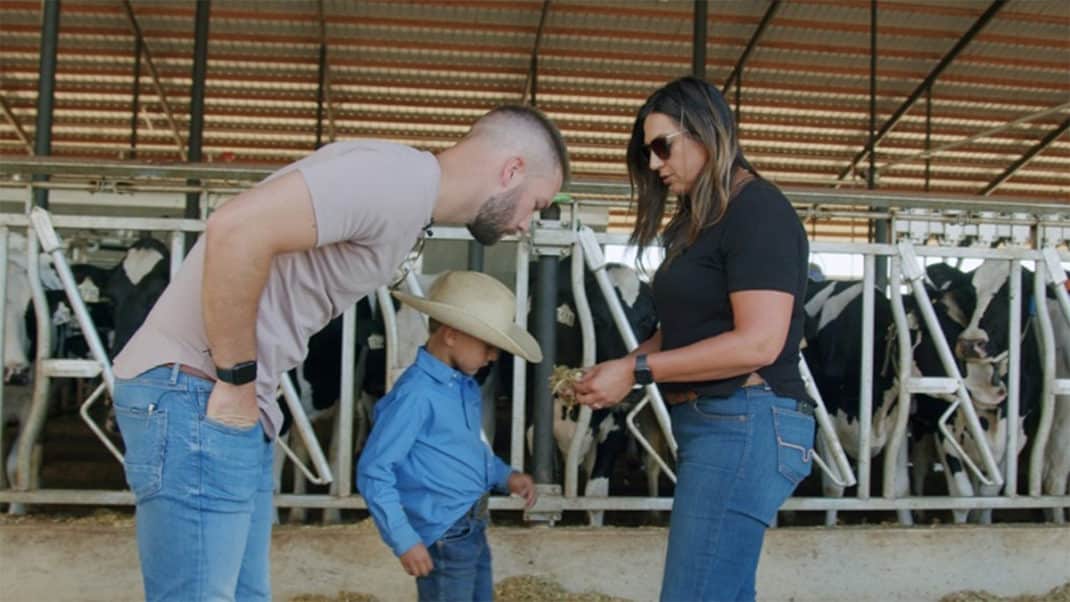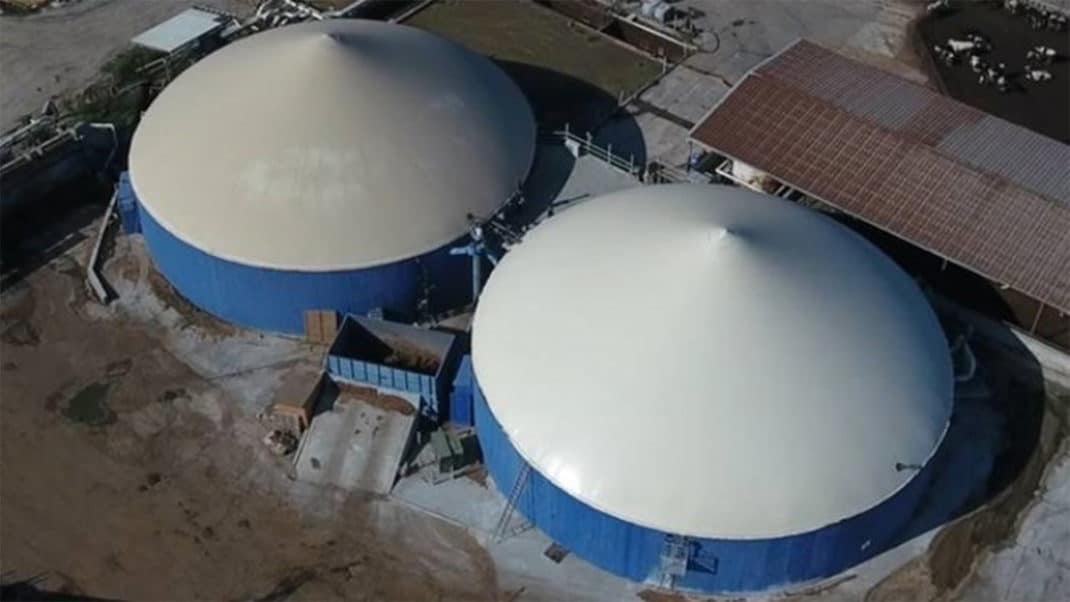Like you, my career passions are promoting wellness, fitness and nutrition to athletes. Outside of work, my passion is traveling. Combining my career and personal passions, I went on a journey to better understand where the foods I eat and those that many athletes rely on for fueling and recovery come from.
This summer, I met with two dairy farmers in my home state of California to learn more about the dairy products we all enjoy and rely on for fueling and recovery.
Read on for three specific things I discovered, but I captured the rest of my travels in this travel vlog on YouTube. Check it out and share with your audience!
1. Dairy farmers consider their cows the ultimate athletes.
While speaking with California’s dairy farmers, I realized sports performance experts and farmers have similar approaches to applying nutrition for optimal performance, just like how an athlete might approach training.
Clik here to view.

Cows even have nutritionists that design their meals with quality feed. This ensures they get all the nutrients they need to stay healthy and produce high-quality milk that goes into the dairy products we use to fuel our bodies.
Due to their unique digestive system, cows are known as upcyclers. Their diet includes byproducts from foods that humans can’t eat, like almond hulls and grape pomace (in California that’s around 40% of a dairy cow’s diet). They are able to eat these otherwise inedible resources and produce nutritious milk for the foods we love, all while keeping those byproducts out of landfills.
2. Real dairy has real value as a functional food that’s part of a health and wellness-focused lifestyle.
Some people, including athletes, want to explore different diets and eating patterns. They may have heard excluding dairy is better for their health and the planet. Speaking first-hand with California dairy farmers confirmed my position that this couldn’t be further from the truth.
Clik here to view.

I was pleased to know the real cow’s milk and dairy products I recommend can indeed meet athletes’ fueling and recovery goals while being planet-friendly. I call cow’s milk a nutrient powerhouse because it’s a one-stop shop for so many different essential nutrients—13 to be exact—and it’s affordable and easily accessible hydration.
Real cow’s milk even has one of the highest nutrient density-to-climate impact scores of common drinks, meaning it provides the most nutrients for the lowest environmental cost!
3. The technology behind real California dairy production is creating a sustainable food for the future.
What became very clear to me on this journey is that most dairy farms are multi-generational family operations, with each generation looking to leave the farm in a better place for the future. I also learned that California is the #1 milk-producing state and that 99% of the dairy farms in California are family-owned.
How do they keep improving? California dairy farm families continually innovate and use the latest technology—including animal fitness and health trackers, water recycling, solar power, robotic milkers and methane digesters.
Clik here to view.

As long as we have cows, we have access to an abundant, clean and renewable energy source, thanks to technology like the methane digester shown in this image. On this farm, cow manure is brought to the digester, where methane gas can be captured and converted into enough electricity to power their cheese operation, their whole dairy farm and another 300 homes in the local community.
I hope this inspires you to discover how the nutritional value of real dairy foods can be part of any wellness lifestyle that benefits the health of both people and the planet—now and for future generations.
Head to the Real California Milk Health, Wellness and Fitness Professionals Hub for my full travel vlog and additional scientifically-backed resources for professionals like you.
The post Where Food Comes From: Spotlight on California Dairy appeared first on IDEA Health & Fitness Association.